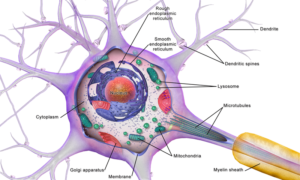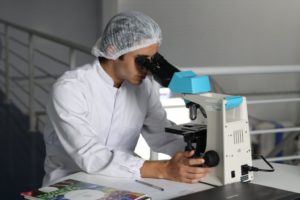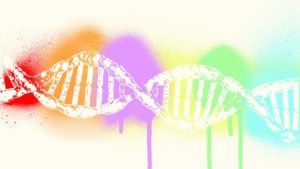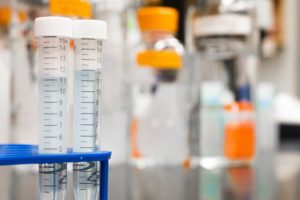In search of a common pathway leading to motor dysfunction in cerebellar ataxias
Written by Dr. Carolyn J. Adamski Edited by Dr. Judit M Perez Ortiz A research group uncovers a drug target to potentially correct motor phenotypes across several cerebellar ataxias. When someone is diagnosed with spinocerebellar ataxia (SCA), their symptoms may look very similar despite the fact that different genes are causing the Read More…


















